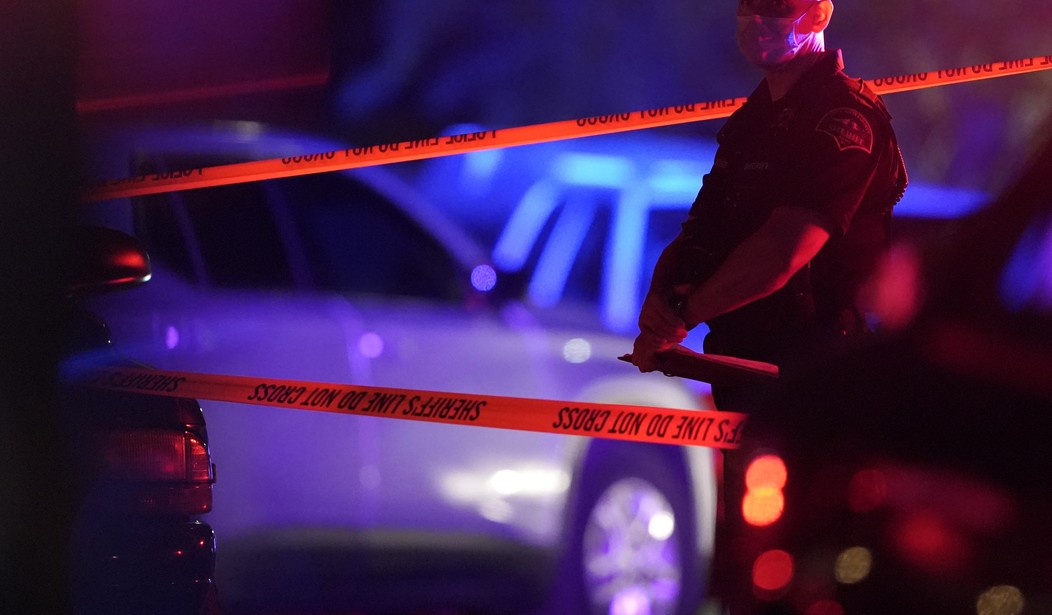This morning Ed wrote about the situation in Minneapolis where a surge in violent crime has created a sudden reversal in how many people, including some activists, feel about police. Yesterday the NY Times published a similar piece about Los Angeles which reveals that the city’s “defund the police” efforts have effectively been reversed as local leaders realize they need more cops on the street, not fewer.
The surge is prompting cities whose leaders embraced the values of the movement last year to reassess how far they are willing to go to reimagine public safety and divert money away from the police and toward social services…
A year after streets echoed with calls to “defund” law enforcement and city leaders embraced the message by agreeing to take $150 million away from the Los Angeles Police Department, or about 8 percent of the department’s budget, the city last week agreed to increase the police budget to allow the department to hire about 250 officers. The increase essentially restores the cuts that followed the protests.
Of course there are still activists who’d rather see the police defunded but the zeitgeist has shifted. Support for Black Lives Matter is way down from where it was last summer.

And with violent crime up, there simply isn’t much cover for progressives to demand police be defunded.
It is a trend mirrored across the country, where crime is skyrocketing in many big cities, putting liberal leaders under pressure to balance the demands of activists against the concerns of some residents about rising violence. In New York, where homicides grew by nearly 45 percent last year, crime is dominating the discussion in the race for mayor…
Criminologists and law enforcement leaders largely blame the rise in violence on two things: a historic increase in gun-buying by Americans, with a flood of illegal, so-called ghost guns, often assembled with parts bought online and are untraceable, and the despair and economic devastation of the pandemic.
The NY Times has made a real effort to avoid connecting the increase in violent crime to the BLM protests that followed George Floyd’s death. This isn’t the first time they’ve written about the topic without even mentioning it. But some criminologists have said the Ferguson effect is a possible explanation of the data.
In April, Vox published a story based on a preprint (meaning not peer reviewed) study on the impacts of Black Lives Matter protests from 2014 to 2019. What the study found was that cities with BLM protests had fewer incidents of lethal force by police, i.e. a 15-20% decline. However, the same cities also had a 10% increase in homicides over the subsequent four years.
From 2014 to 2019, Campbell tracked more than 1,600 BLM protests across the country, largely in bigger cities, with nearly 350,000 protesters. His main finding is a 15 to 20 percent reduction in lethal use of force by police officers — roughly 300 fewer police homicides — in census places that saw BLM protests.
Campbell’s research also indicates that these protests correlate with a 10 percent increase in murders in the areas that saw BLM protests. That means from 2014 to 2019, there were somewhere between 1,000 and 6,000 more homicides than would have been expected if places with protests were on the same trend as places that did not have protests.
You can do the math yourself. BLM protests may result in 300 fewer police homicides but they also result in several thousand more homicides by criminals. The research Vox was referring to didn’t cover 2020 or the death of George Floyd but you can see how it could apply. We might be seeing the first year of the same four year dynamic, i.e. police are less aggressive and criminals, especially gangs, become more aggressive. The result is a dramatic surge in violent crime like the one we’re seeing now.
I’ll wrap this up with a comment left on the story: “26 people were shot in NYC over the weekend. There were multiple anti-Semitic attacks. People pushed onto subway tracks. Social workers aren’t going to fix that.” Not in the short term they’re not. Stopping mob and gang violence is a job for police.







Join the conversation as a VIP Member